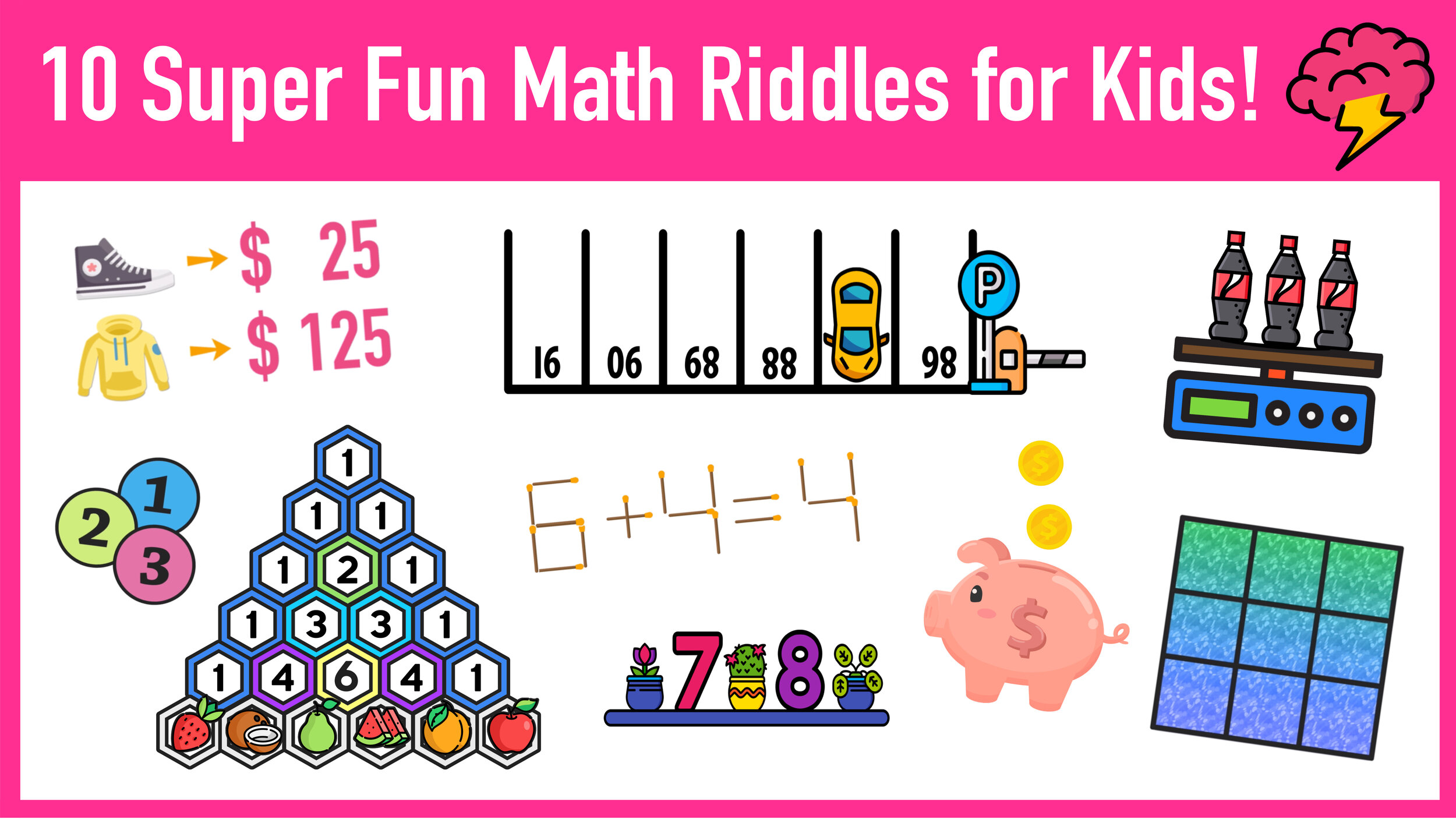3D Shapes Explained
Complete List of the 3D Geometric Shapes (Free Printable Chart Included)
Everything in our world is comprised of three-dimensional (3D) shapes. Every structure and material object can be constructed and described in terms of 3D shapes, which is why they are such an important concept in Geometry.
When we talk about 3D shapes, we are referring to a graphical representation of three-dimensional objects in terms of their outlines, surface, and external boundaries. This guide will cover an extensive list of 3D shapes figures and the corresponding 3D shapes names, along with a detailed description of each figure.
You can follow this guide in order, or you can use the quick links below to jump to a particular topic or section. At the bottom of this guide, you will find a link to download a Free Printable 3D Shapes Chart.
This guide includes a list of examples of 3D geometric shapes in the real world!
What are 3D Shapes?
In geometry, a 3D shape, or three-dimension shape, is a structure that has a definitive length, width, and height. Unlike flat two-dimensional shapes (e.g. circles, triangles, squares, etc.), a 3D shape has volume and has a physical presence in three-dimensional space. 3D shapes can be observed from different angles and perspectives and they serve as the building blocks of the real world.
You are undoubtedly already familiar with 3D shapes in your everyday life. In fact, you are most likely inside of a 3D shape right now (i.e. a room that is most likely in the shape of a cube or a rectangular prism). Other everyday examples include balls (spheres), cubes (boxes), cylinders (cans), and cones.
The key takeaway from this formal definition of 3D shapes is that every 3D shape has a specific name (we will share all of the 3D shapes names in this guide), properties, and features that sets it apart from all of the other 3D shapes. This guide will also teach you how to easily and accurately identify a 3D shape simply by looking at its image and analyzing its sides, angles, curves, and faces.
Image: Mashup Math FP
3D Shapes Complete List
The list below shares a list of 3D shapes names and images.
Sphere
A sphere is a 3D shape that is perfectly round where every point on its surface is equidistant from its center point.
Semisphere
Also known as a hemisphere, a semisphere is a 3D geometric shape that is half of a sphere.
Cylinder
A cylinder is a 3D shape consisting of two equal and parallel circular bases that are connected by a rolled surface that extends a constant distance from the center of both circular bases.
Cone
A cone is a 3D shape with a flat circular base with sides that smoothly taper to a vertex point.
Cube
A cube is a 3D shape consisting of six perfectly square faces that all meet each other at right angles.
Cuboid
A cuboid (also known as a rectangular prism) is a 3D shape consisting of six rectangular faces where the faces opposite each other are equal in size and all of the faces meet each other at right angles.
Pentagonal Prism
A pentagonal prism is a 3D shape consisting of two parallel bases that are pentagons (they each have 5 sides) connected by square or rectangular faces that are perpendicular to each base.
Hexagonal Prism
A hexagonal prism is a 3D shape consisting of two parallel bases that are hexagons (they each have 6 sides) connected by square or rectangular faces that are perpendicular to each base.
Pentagrammic Prism
A pentagrammic prism is a 3D shape consisting of two parallel bases that are pentagrams (each base is a five-pointed star) connect by square or rectangular faces that are perpendicular to each base.
Torus
A torus is a 3D shape resembling a ring. It is a circular figure with a central opening or hole.
Ellipsoid
An ellipsoid is smooth 3D shape with a symmetrical oval or egg-like appearance. Ellipsoids can be considered elongated (or stretched out) spheres.
Triangular Prism
A triangular prism is a 3D shape consisting of two parallel bases that are triangles (they each have 3 sides) connected by square or rectangular faces that are perpendicular to each base.
Tetrahedron
A tetrahedron is a special 3D shape consisting of four equal triangular faces that form a pyramid-like structure where every vertex connects to another.
Square Pyramid
A square pyramid is a 3D geometric shape that has a square base and four equal triangular faces that all meet at a single apex point.
Pentagonal Pyramid
A pentagonal pyramid is a 3D geometric shape that has a pentagonal base and five equal triangular faces that all meet at a single apex point.
Octahedron
An octahedron is a 3D shape consisting of eight faces in the shape of equilateral triangles, twelve edges, and six vertices, all of which form a symmetrical structure.
Octahedrons can be formed by stacking the bases of two equal-sized square pyramids.
Dodecahedron
A dodecahedron is a 3D shape consisting of 12 pentagonal faces, 20 vertices, and 30 edges.
The dodecahedron is the shape of 12-sided dice.
Icosahedron
An icosahedron is a 3D shape consisting of 20 triangular faces, 12 vertices, and 30 edges.
Special 3D Geometric Shapes: The Platonic Solids
The ancient Greek philosopher believed that the Platonic Solids represented the fundamental building blocks of the universe. (Image: Mashup Math MJ)
While you may have already been familiar with many of the 3D geometric shapes listed above, there were likely a few fascinating shapes that you learned about for the first time.
In fact, five of the 3D geometric shapes in this guide are classified as Platonic Solids, which are figures designated by the ancient Greek philosopher Plato to be sacred and representative of the fundamental building blocks of the universe itself.
The following 3D shapes are considered Platonic Solids:
Tetrahedron
Cube (also known as a Hexahedron)
Octahedron
Icosahedron
Dodecahedron
These figures are illustrated in Figure 05 below.
Figure 01: The Platonic Solids. (Image: Mashup Math FP)
These five particular 3D shapes have fascinated and inspired mathematicians for thousands of years because they are true representations of the symmetry, harmony, beauty, and balance that is present in our physical world.
3D Shapes in the Real World
Now that you are more familiar with the 3D geometric shapes and their names, let’s take a look at a few more examples of these three-dimensional figures in the real world.
Why? In addition to helping you to gain an understanding and appreciation of the practical applications of 3D shapes in real life, it can be quite fun to see how the figures listed above actually shape our world and how understanding them is, in turn, understanding life itself!
Below are four more examples of 3D shapes in the real world, including the Great Pyramids of Giza!
Figure 02: The Great Pyramids of Giza are square pyramids.
Figure 06: Everyone loves a cone!
Figure 03: Most cans are cylinders
Figure 07: A torus is a donut-shaped 3D geometric figure.
Figure 04: Most boxes and packages are rectangular prisms.
Figure 08: A 20-sided dice is an icosahedron.
Figure 05: Fluorite crystals can be found naturally in the form of octahedrons.
Figure 09: A soccer ball is a sphere!
Images: Figure 02: Photo by Jeremy Bishop on Unsplash, Figure 03: Mashup Math MJ, Figure 04: Photo by Jiawei Zhao on Unsplash, Figure 05: Fluorite Octahedron, Figure 06: Mashup Math FP, Figure 07: Mashup Math MJ, Figure 08: Polyhedral Dice Set, Figure 09: Photo by Connor Coyne on Unsplash
Free Printable 3D Shapes Chart
As you continue on your journey of learning about the 3D geometric shapes and their names and characteristics, it will be helpful to have a complete chart with pictures and names handy during your studies.
To conclude this guide, our free gift to you is a link to download a 100% free pdf chart featuring all of the 3D shapes covered in this guide. Simply click the link below to download your printable PDF chart. Enjoy!
→Click here to download your free 3D Geometric Shapes Chart PDF
Conclusion: 3D Geometric Shapes
Once you have learned all about the basic two-dimensional geometric shapes, the next step is to explore the 3D shapes. These three-dimensional figures are incredibly interesting because they are tangible and form the building blocks of everything that we see around us. While any study of the 3D shapes will start in school, the applications extend limitlessly past the classroom and into the real world and beyond.
Preview: Free Geometric Shapes Chart PDF










































